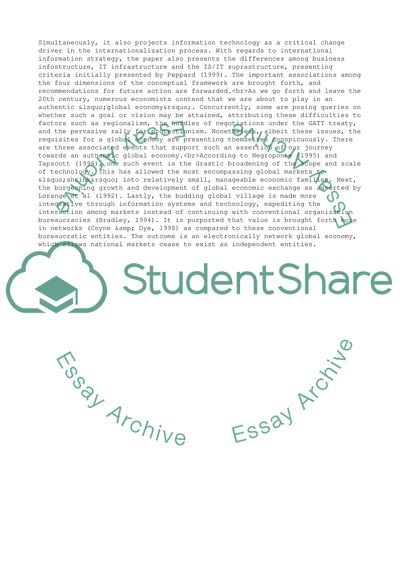Cite this document
(Impact of Global Management Information Systems on Strategy Essay, n.d.)
Impact of Global Management Information Systems on Strategy Essay. Retrieved from https://studentshare.org/management/1703800-this-research-proposal-examines-the-impact-of-information-systems
Impact of Global Management Information Systems on Strategy Essay. Retrieved from https://studentshare.org/management/1703800-this-research-proposal-examines-the-impact-of-information-systems
(Impact of Global Management Information Systems on Strategy Essay)
Impact of Global Management Information Systems on Strategy Essay. https://studentshare.org/management/1703800-this-research-proposal-examines-the-impact-of-information-systems.
Impact of Global Management Information Systems on Strategy Essay. https://studentshare.org/management/1703800-this-research-proposal-examines-the-impact-of-information-systems.
“Impact of Global Management Information Systems on Strategy Essay”, n.d. https://studentshare.org/management/1703800-this-research-proposal-examines-the-impact-of-information-systems.


